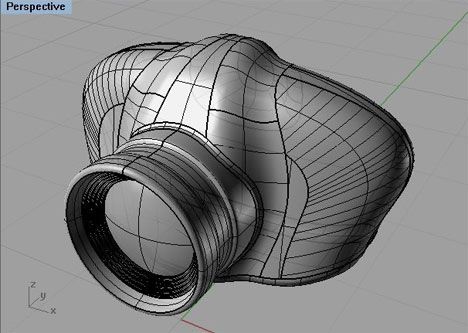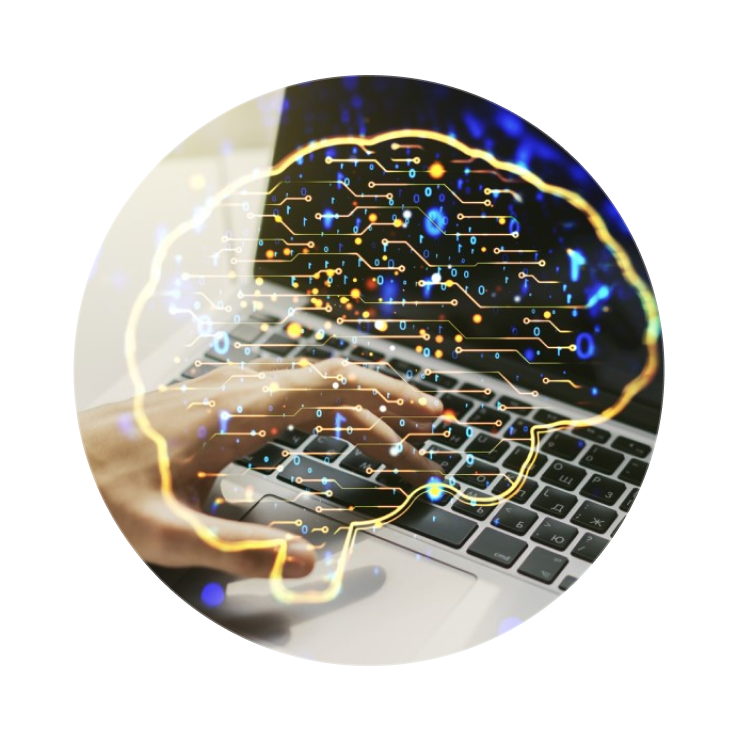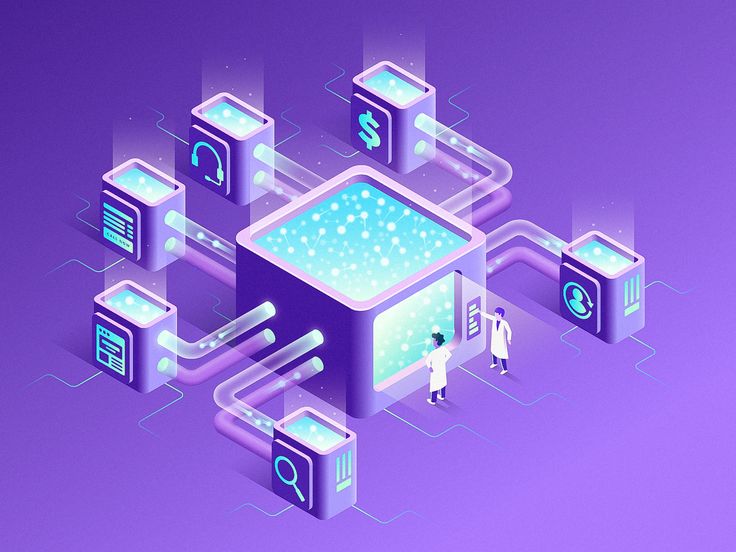Financing is the lifeblood of any small business. Whether you’re starting out or looking to grow, having access to the right type of funding can make or break your business. But with so many financing options available, choosing the best one can be overwhelming. The right choice depends on your business goals, creditworthiness, cash flow, and how quickly you need the money.
Let’s break down the most popular and effective financing options for small businesses in 2025 and help you find what fits best for your needs.
1. Small Business Loans (Traditional Bank Loans)
Best for: Established businesses with strong credit and financial history
Banks offer term loans at competitive interest rates, especially to businesses with solid revenue and good credit scores. These loans are suitable for major investments like purchasing equipment, real estate, or expanding operations.
Pros:
-
Lower interest rates
-
Predictable repayment schedule
-
Large loan amounts available
Cons:
-
Strict eligibility requirements
-
Longer approval process
2. SBA Loans (Small Business Administration Loans)
Best for: Small businesses that need affordable long-term financing and can meet strict documentation requirements
SBA loans are partially guaranteed by the government, reducing the risk for lenders and making it easier for small businesses to qualify. The popular SBA 7(a) loan program covers a wide range of needs.
Pros:
-
Favorable terms and lower interest rates
-
Flexible usage (working capital, equipment, etc.)
-
Longer repayment terms (up to 25 years)
Cons:
-
Lengthy application process
-
Requires good credit and collateral
3. Business Lines of Credit
Best for: Businesses that need ongoing access to cash flow
A business line of credit gives you access to a pool of funds that you can draw from when needed. You only pay interest on the amount you use, making it great for covering short-term expenses or seasonal fluctuations.
Pros:
-
Flexibility in borrowing
-
Interest paid only on what you use
-
Great for managing cash flow
Cons:
-
Can come with maintenance fees
-
May require strong financial history
4. Online Lenders & Alternative Loans
Best for: Businesses that need quick funding and may not qualify for traditional loans
Online lenders offer fast and more accessible financing options, such as short-term loans, merchant cash advances, and invoice financing. While they can be expensive, they’re ideal for businesses needing urgent capital.
Pros:
-
Fast approval (often within 24–72 hours)
-
Easier to qualify, even with low credit
-
Minimal paperwork
Cons:
-
Higher interest rates and fees
-
Shorter repayment terms
5. Equipment Financing
Best for: Businesses needing to purchase or lease equipment
This loan is specifically used to buy business equipment. The equipment itself serves as collateral, which reduces the lender’s risk.
Pros:
-
No additional collateral needed
-
Preserves cash flow
-
Tax benefits in many cases
Cons:
-
Limited to equipment-related purchases
-
Risk of equipment becoming obsolete
6. Business Credit Cards
Best for: Managing smaller expenses or building business credit
Business credit cards provide a convenient way to cover operational costs. Many offer rewards, cash back, or 0% introductory APR periods.
Pros:
-
Instant access to funds
-
Perks and rewards
-
Helps build business credit
Cons:
-
High interest rates if not paid in full
-
Lower borrowing limits
7. Grants and Crowdfunding
Best for: Startups and innovative businesses seeking non-repayable capital
Grants from government or private organizations don’t need to be repaid. Similarly, crowdfunding platforms like Kickstarter allow businesses to raise money from the public.
Pros:
-
No repayment required
-
Great for marketing and visibility
-
Support from like-minded individuals or institutions
Cons:
-
Highly competitive
-
Time-consuming application or campaign management
Final Thoughts: What’s the Best Option?
There’s no one-size-fits-all answer. The best financing for your small business depends on your:
-
Stage of growth (startup vs. established)
-
Credit score and financial history
-
Urgency of funding
-
Purpose of the loan
-
Ability to repay










